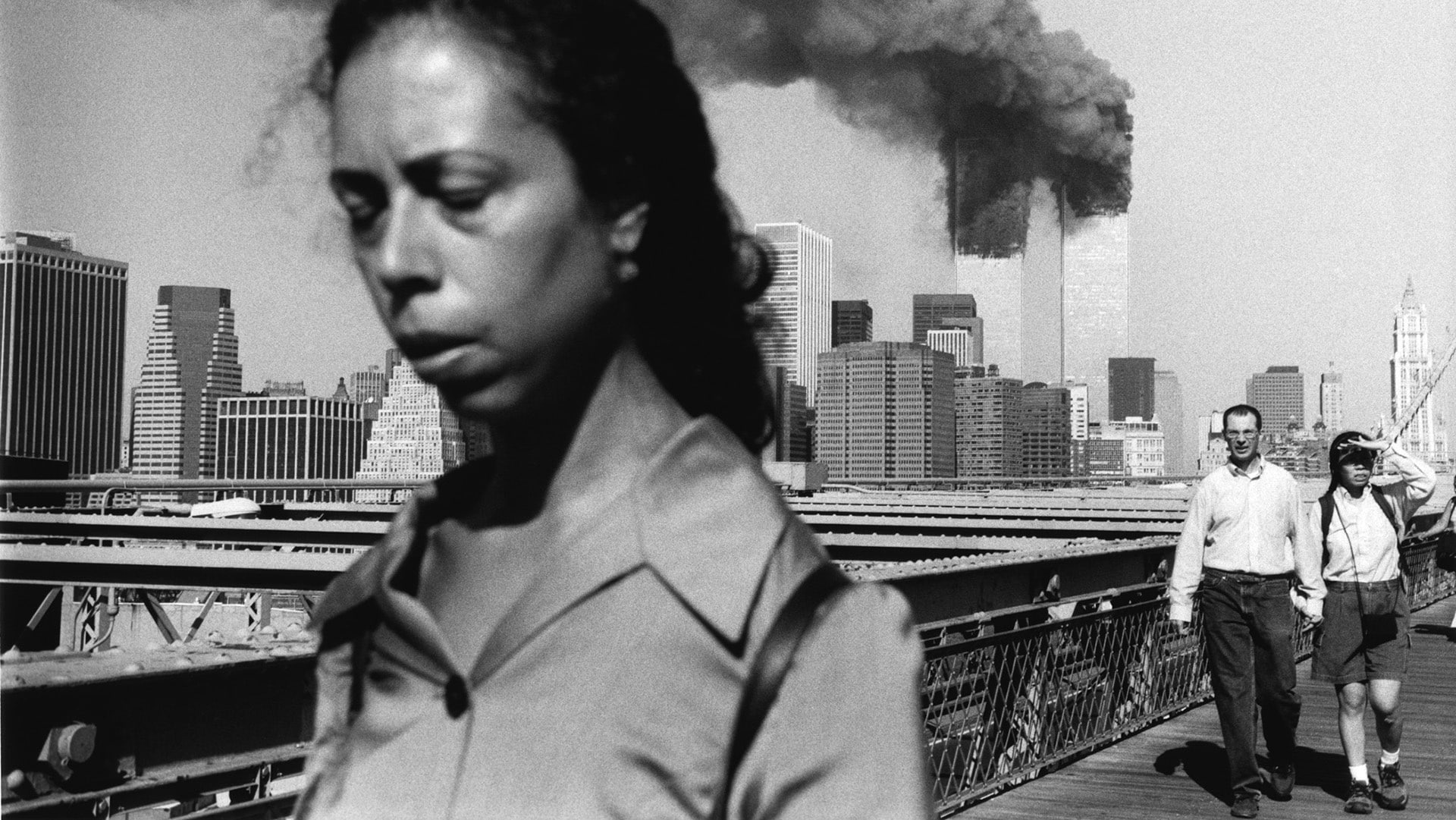On the 20th anniversary of the attack on New York’s Twin Towers, we revisit Here is New York: A Democracy of Photographs, the first crowd-sourced exhibition of its scale dedicated to images of 9/11 and its aftermath, with thousands of photographers—amateur and professional alike—exhibited together. Here’s how it happened.

You’re getting blind.
Don’t miss the best of visual arts. Subscribe for $9 per month or $108 $90 per year.
Already suscribed ?
Read More: A Woman Journalist at Ground Zero


